Writing a “Life of Crime” review poses a challenge in that the movie, even though it’s based on an Elmore Leonard novel, is so slight and so bland I’d forgotten most of it by the next morning. Something about kidnapping, extortion, adultery and Milquetoast men …
Set in 1970s suburban Detroit, the film introduces us to what we hope will be a cast of edgy, funny characters but who, thanks to a crummy script from writer/director Daniel Schechter, turn out to be a bunch of insipid sad sacks. Jennifer Aniston’s Mickey is married to a rich and obnoxious jerk named Frank (Tim Robbins).
He is cheating on Mickey with Melanie (Isla Fisher). Mickey is cheating on him (sort of) with Marshall (Will Forte). Bad guys appear and kidnap Mickey, then tell Frank to pay up if he ever wants to see her again. But Frank balks, thus putting a wrinkle in the works.
Given the source material, this should have been a more engaging movie. The cast makes a valiant effort and, while there are a few laughs early on, there’s an oddly flat tone and zero atmosphere. It might have helped had the film been shot in a Detroit suburb (references to Woodward Avenue are shoe-horned in) instead of Connecticut, but somehow I doubt it.
Not long into John Erick Dowdle’s “As Above, So Below,” the plucky protagonist Scarlett (Perdita Weeks) rattles off a long list of her advanced degrees. Apparently, this impressive pedigree is meant to establish that Scarlett, an alchemist and explorer as well as a professor, is a multi-talented, ultra-capable, intrepid brainiac. Not.
That she’s not the sharpest tool in the shed becomes quite clear when she and her dumbass crew descend into the catacombs of Paris on a ridiculous quest to find the “philosopher’s stone,” which is said to yield material riches and eternal youth. Oh, and truth. That’s what motivates the learned Scarlett, natch.
What comes next is undiluted unpleasantness – life-threatening struggles involving blood, bones, rats, demons and ghosts galore (including Scarlett’s own deceased dad – deep, right?) and more blood and bones, all shot with a frenetic hand-held camera. That’s followed by a forced, tacked-on ending.
I hope Scarlett didn’t invest too much money getting those degrees. If she did, she got robbed.
The Last of Robin Hood
Errol Flynn, by most accounts, was a charming, devil-may-care adventurer and actor, best known for playing Robin Hood and an assortment of big-screen Warner Brothers swashbucklers.
One of Hollywood’s most popular movie stars of the 1930s and mid-’40s (he inspired the saying “in like Flynn”), the actor’s career had slipped by the 1950s. In 1957, Flynn, also known as a womanizer, began a relationship with a teenager named Beverly Aadland, an aspiring actress.
This strange and sleazy pairing is the focus of “The Last of Robin Hood,” by writers/directors Richard Glatzer and Wash Westmoreland. Bottom line: this is a guilty-pleasure flick.
Kevin Kline has fun playing decadent, debauched Flynn, Dakota Fanning shines as the precocious Bev and Susan Sarandon conjures sympathy for Bev’s sadly deluded mother, only too willing to look the other way.
If “The Last of Robin Hood” feels like a made-for-TV movie, that’s because it is. Originally made for Lifetime Films, this title has now secured a theatrical release.
“Life of Crime,” “As Above, So Below” and “The Last of Robin Hood” open Friday in theaters.

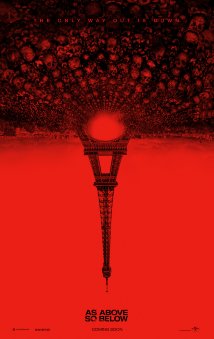
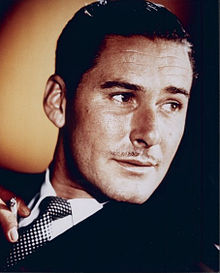





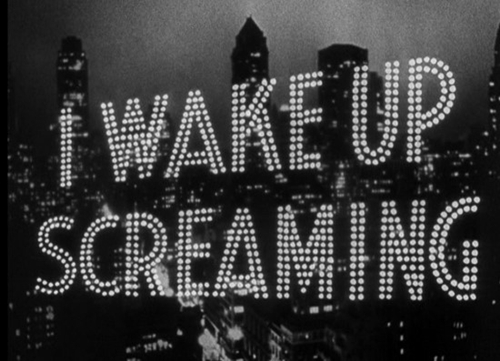
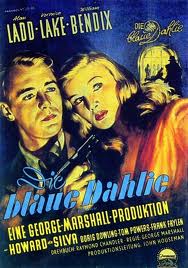
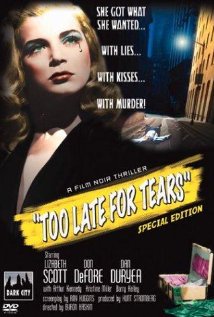
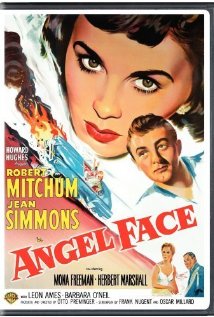
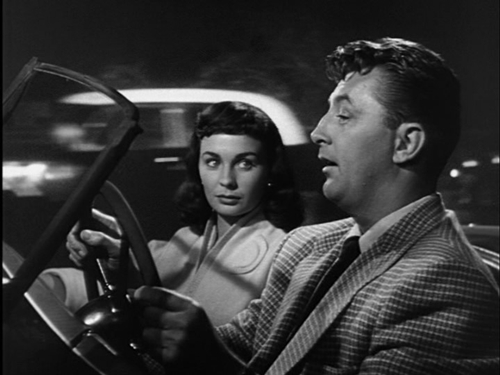
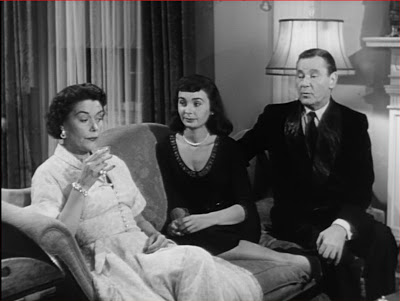


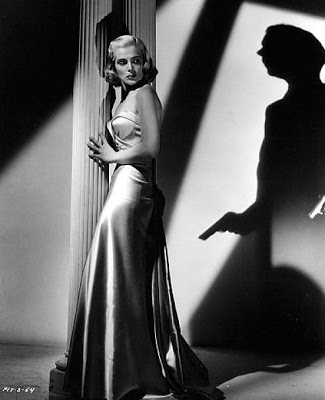
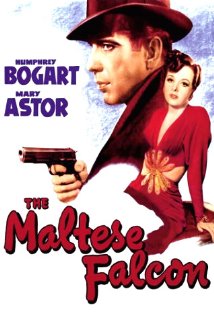
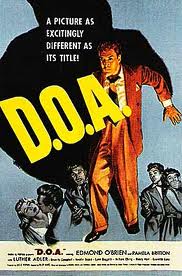

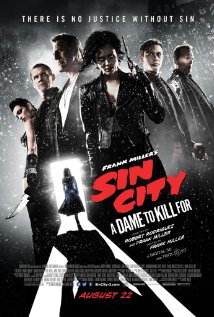
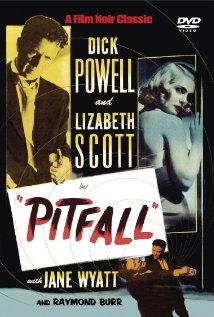

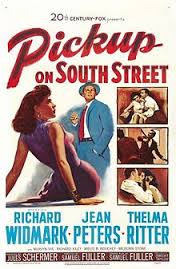
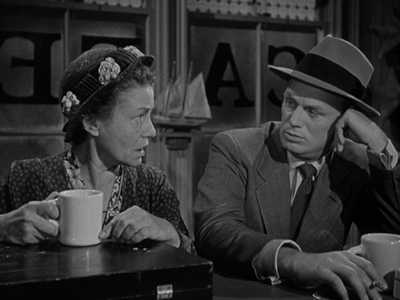
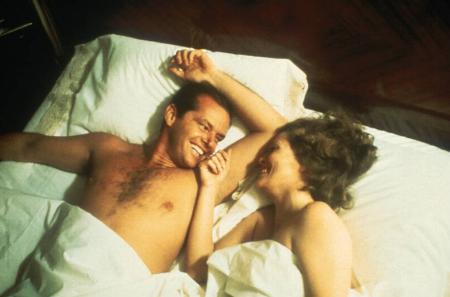






From FNB readers